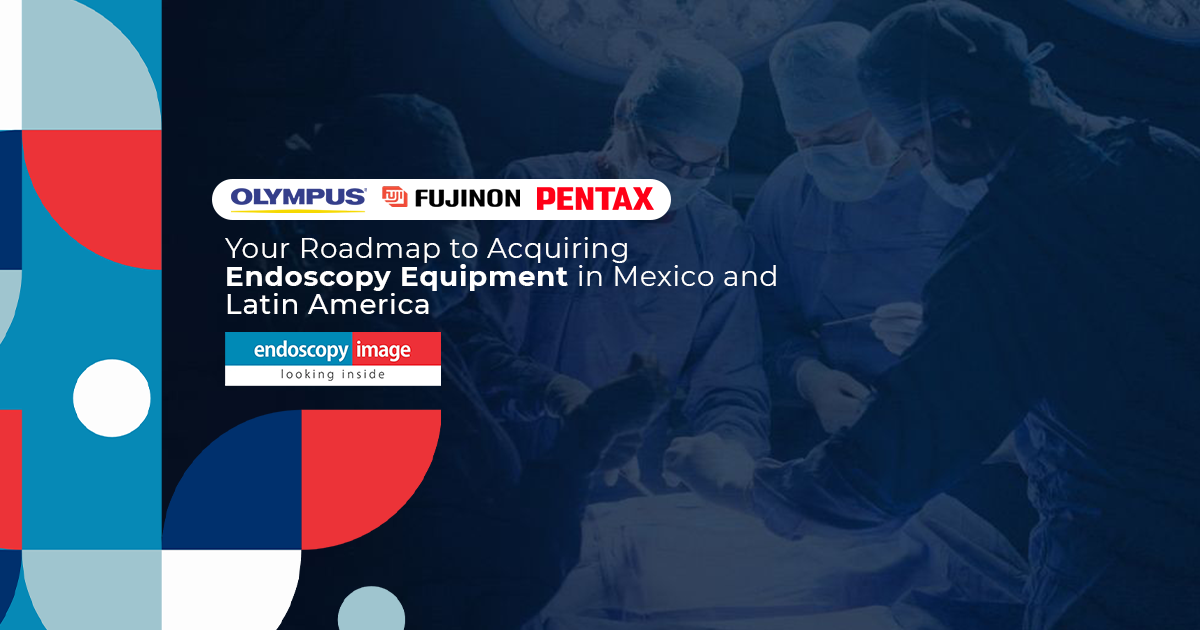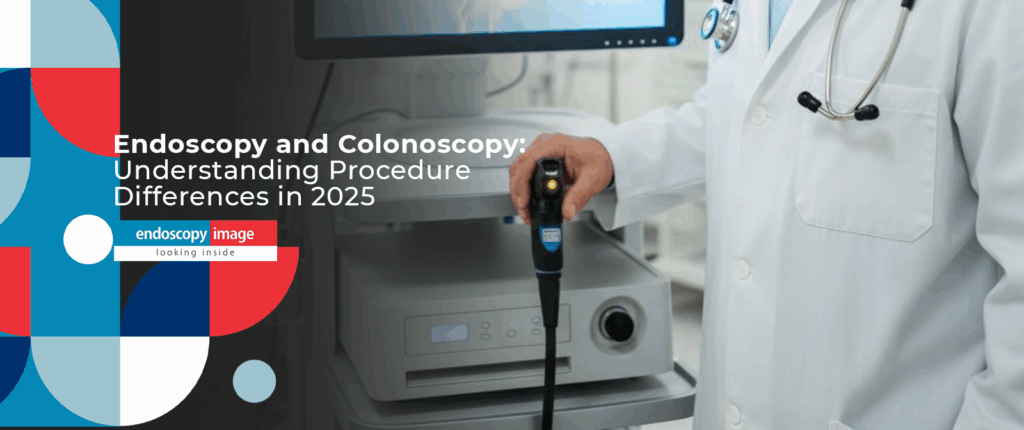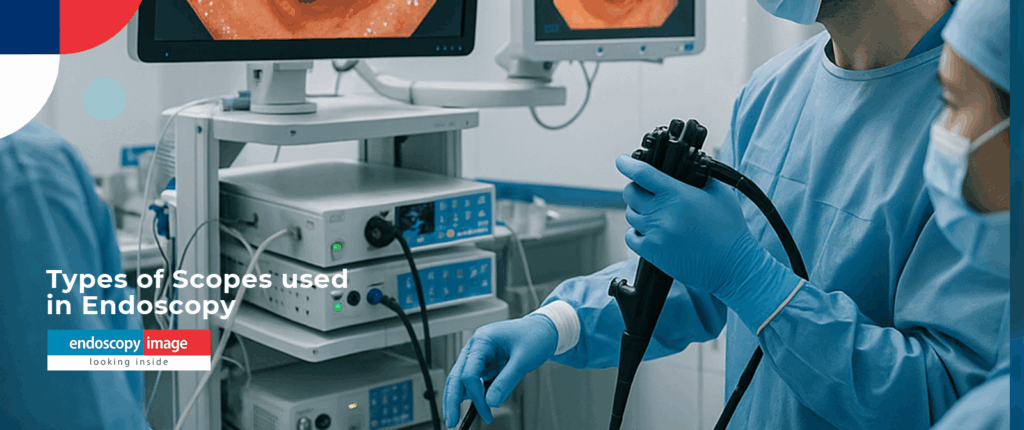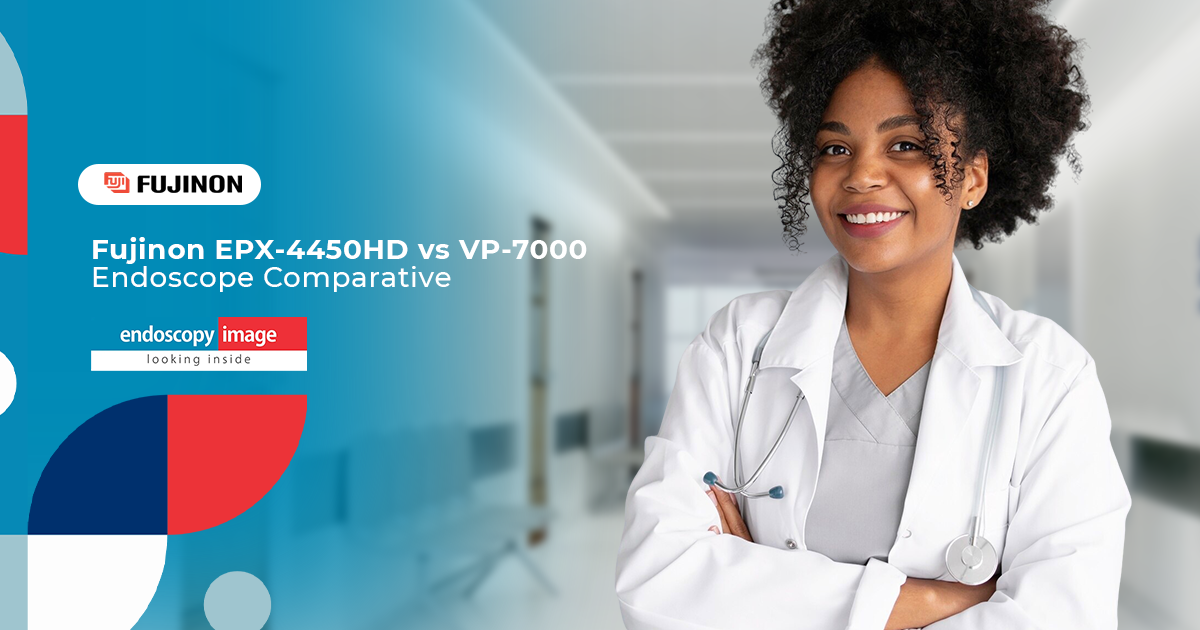Endoscopy Equipment in Mexico and Latin America: Your Complete 2025 Buying Guide
admin
November 4, 2025
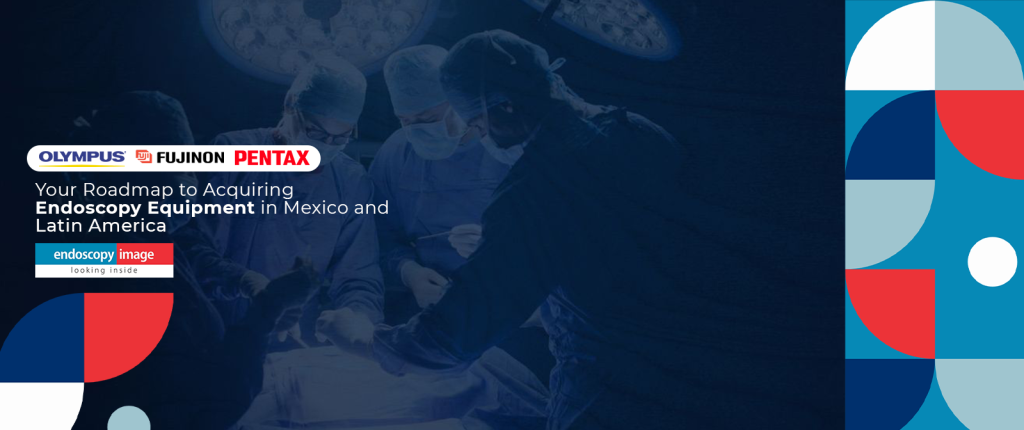
Introduction
Finding reliable, high-quality endoscopy equipment in Mexico and Latin America can feel like navigating a complex maze. With limited local suppliers, concerns about warranty support, and the challenge of sourcing premium brands like Olympus, Pentax, and Fujinon, clinic owners often face significant hurdles when upgrading or expanding their diagnostic capabilities.
The good news? The medical equipment landscape in Latin America has evolved dramatically. Today, healthcare facilities across Mexico, Brazil, Colombia, and beyond have access to the same world-class endoscopy technology used in North American and European facilities—often at more competitive prices and with flexible purchasing options that make sense for regional budgets.
This comprehensive guide will walk you through everything you need to know about acquiring endoscopy equipment in Mexico and Latin America, from understanding market trends and evaluating top brands to making informed purchasing decisions that protect your investment and elevate patient care.
The Growing Demand for Endoscopy Equipment in Latin America
The Latin American endoscopy market is experiencing unprecedented growth. According to recent market analysis, the region’s endoscopy devices market reached approximately $2.25 billion in 2023 and is projected to grow to $2.99 billion by 2028, reflecting a compound annual growth rate of 5.84%. Mexico and Brazil together command over 55% of the regional market, with Mexico showing the fastest projected growth rate.
This remarkable expansion is fueled by several converging factors:
- Rising adoption of minimally invasive procedures
- Increased healthcare expenditures across the region
- Growing aging population requiring more diagnostic services
- Enhanced awareness about endoscopy’s diagnostic and therapeutic benefits
- Expanding middle class with access to private healthcare
For clinic owners in Mexico specifically, this growth translates to opportunity. The country’s healthcare system features both a robust private sector with advanced medical technology and a public sector serving the majority of the population. Endoscopic procedures are becoming increasingly common, especially in major cities like Mexico City, Guadalajara, and Monterrey, driven by rising gastrointestinal issues and improved healthcare accessibility.
Understanding the Top Three Endoscopy Brands
When investing in endoscopy equipment for your clinic, three brands consistently dominate the Latin American market: Olympus, Pentax, and Fujinon. Each offers distinct advantages depending on your facility’s needs.
Olympus: The Industry Leader
Olympus Corporation holds the largest market share in endoscopy equipment globally and throughout Latin America. Their comprehensive product line includes everything from basic gastroscopes to advanced therapeutic endoscopes with cutting-edge imaging technologies.
Key advantages:
- Industry-leading image quality with high-definition visualization
- Extensive service network across Latin America
- Widest selection of specialized scopes for various procedures
- Robust training programs for medical staff
- Strong resale value for refurbished equipment
Olympus equipment is particularly popular in Mexico, with the company maintaining a strong presence and support infrastructure throughout the country. Their commitment to regional support, including local training events and technical assistance, makes Olympus an excellent choice for clinics seeking reliable long-term partnerships.
Pentax Medical: Precision and Innovation
Pentax Medical, a division of HOYA Corporation, has carved a strong niche in the Latin American market with its innovative approach to endoscopic imaging and competitive pricing structure.
Key advantages:
- Advanced high-definition imaging with i-scan technology
- Excellent image enhancement capabilities for lesion detection
- Competitive pricing compared to Olympus
- Strong presence in gastrointestinal and pulmonary endoscopy
- Growing service infrastructure in major Latin American cities
Pentax equipment offers an excellent balance of performance and cost-effectiveness, making it particularly attractive for growing practices and ambulatory surgery centers looking to maximize their technology investment.
Fujinon (Fujifilm): Advanced Imaging Technology
Fujifilm’s endoscopy division brings decades of optical excellence to medical imaging, offering some of the most advanced visualization technologies available today.
Key advantages:
- Superior color reproduction and contrast enhancement
- Innovative narrow-band imaging for early cancer detection
- Excellent durability and build quality
- Competitive pricing in the Latin American market
- Growing support network throughout the region
Fujinon’s commitment to expanding healthcare access in developing markets demonstrates their understanding of the unique challenges faced by medical facilities in Latin America.
Key Considerations When Purchasing Endoscopy Equipment in Latin America
Successfully acquiring endoscopy equipment for your Mexican or Latin American clinic requires careful planning and evaluation across multiple dimensions.
Technical Specifications and Clinical Needs
Before evaluating specific models, assess your facility’s actual requirements:
Procedure volume and types – Determine which endoscopic procedures you’ll perform most frequently. A general practice focused on diagnostic gastroscopy has different needs than a surgical center performing advanced therapeutic procedures.
Image quality requirements – High-definition systems offer superior visualization but come at premium prices. Standard definition may suffice for routine diagnostic procedures.
Specialty features – Consider whether you need narrow-band imaging, chromoendoscopy capabilities, or therapeutic channels for interventions.
Compatibility requirements – Ensure new equipment integrates with your existing video processors, light sources, and documentation systems.
Warranty and Service Support
Service availability is crucial in Latin America, where equipment downtime can significantly impact patient care and revenue.
Critical questions to ask:
- What warranty coverage is included with refurbished equipment?
- Where is the nearest authorized service center?
- What is the typical response time for repairs?
- Are loaner scopes available during repair periods?
- What preventive maintenance is required?
- Are service contracts available and cost-effective?
Why Choose Endoscopy Image for Your Equipment Needs
At Endoscopy Image, we take pride in delivering high-quality endoscopy and video surgery equipment to any location across the globe. No matter where your practice is located, you can rely on us for timely and dependable delivery.
With more than 30 years of experience in the endoscopy, videosurgery, and ophthalmology equipment market, Endoscopy Image has provided customers with a proven solution for acquiring refurbished medical equipment. We offer the latest models in endoscopes from the top leaders in the healthcare industry—Pentax, Fujinon, and Olympus—along with videosurgery equipment from Storz and Stryker.
Global Reach, Local Understanding
Our international experience combined with deep understanding of Latin American market dynamics positions us uniquely to serve Mexican clinics. We understand the challenges you face—from budget constraints to regulatory requirements to the need for responsive technical support.
We work with customers to navigate import requirements, provide necessary documentation, and ensure compliance with local regulations. Our goal is to make the acquisition process as straightforward as possible, allowing you to focus on what matters most: providing excellent patient care.
Making the Right Investment Decision
Purchasing endoscopy equipment represents a significant investment that will impact your practice for years to come. Consider these final factors before making your decision:
Total Cost of Ownership
Look beyond the initial purchase price to understand the complete financial picture:
- Initial acquisition cost – Purchase price plus shipping and customs duties
- Installation and setup – Technical installation, room modifications, IT integration
- Training expenses – Staff education and certification programs
- Ongoing maintenance – Annual service contracts and preventive maintenance
- Supplies and accessories – Biopsy forceps, cleaning brushes, disinfectants
- Repair costs – Average repair expenses and equipment downtime
- Upgrade path – Future compatibility with advancing technologies
Return on Investment Timeline
Calculate your expected ROI based on realistic projections:
- Current and projected procedure volumes
- Reimbursement rates for endoscopic procedures
- Competitive positioning in your local market
- Potential for expanding service offerings
- Patient acquisition and retention benefits
Most clinics find that quality refurbished equipment pays for itself within 18-36 months through increased procedure volumes and improved operational efficiency.
Future-Proofing Your Investment
Technology evolves rapidly in medical imaging. Choose equipment that:
- Uses current industry-standard connections and formats
- Can integrate with modern documentation systems
- Has available upgrade paths for key components
- Comes from manufacturers with strong R&D pipelines
- Maintains good market value for eventual resale
Conclusion: Elevate Your Diagnostic Capabilities Today
The endoscopy equipment market in Mexico and Latin America offers unprecedented opportunities for healthcare facilities to access world-class diagnostic technology. Whether you’re establishing a new gastroenterology practice, expanding an existing clinic, or upgrading aging equipment, premium refurbished endoscopes from Olympus, Pentax, and Fujinon provide the perfect balance of performance, reliability, and affordability.
By partnering with experienced suppliers who understand both the technical requirements and regional market dynamics, you can navigate the acquisition process confidently and equip your facility with the tools needed to deliver exceptional patient care.
The investment you make today in quality endoscopy equipment will pay dividends for years to come—improving diagnostic accuracy, enhancing patient satisfaction, expanding your service capabilities, and strengthening your competitive position in the growing Latin American healthcare market.
Ready to explore your options? Browse our extensive inventory of endoscopy equipment or contact our team today to discuss your specific needs. Our experts are standing by to help you find the perfect solution for your practice.
FAQ: Endoscopy Equipments Mexico & Latin America
➡️Yes, when properly refurbished by qualified technicians using OEM parts. Quality refurbished endoscopes undergo comprehensive restoration including optical calibration, component replacement, and thorough testing. Reputable suppliers provide warranties and quality certifications that ensure reliability comparable to new equipment at significantly lower costs.
➡️ The timeline varies based on several factors. The COFEPRIS import permit typically takes 3-5 weeks to process. Once approved, shipping and customs clearance usually add another 2-4 weeks. Working with experienced suppliers who understand Mexican regulations can significantly streamline this process. Total timeline from order to delivery typically ranges from 6-10 weeks.
➡️ All three brands offer excellent quality with subtle differences. Olympus holds the largest market share and offers the widest product range with extensive service networks. Pentax provides advanced imaging technologies like i-scan at competitive prices with strong gastrointestinal focus. Fujinon excels in color reproduction and narrow-band imaging, offering excellent value. The best choice depends on your specific clinical needs, budget, and local service availability.
➡️ Reputable suppliers typically offer 90-day to one-year warranties on refurbished endoscopy equipment, covering both parts and labor. Some suppliers provide extended warranty options for additional coverage. Always verify warranty terms before purchase, including what’s covered, response times for repairs, and whether loaner equipment is available during service periods.
➡️ Financing options vary by supplier and your location. Many international medical equipment suppliers work with financing partners that serve Latin American markets. Some offer flexible payment terms, leasing options, or installment plans. Contact suppliers directly to discuss available financing solutions that fit your budget and cash flow requirements.
Topics that might interest you:
Blog & Articles
Endoscopy Equipment in Mexico and Latin America: Your Complete 2025 Buying Guide
Discover the key differences between endoscopy and colonoscopy procedures. Expert guide for medical..
Endoscopy and Colonoscopy: The Complete Guide to Understanding Procedure Differences in 2025
Discover the key differences between endoscopy and colonoscopy procedures. Expert guide for medical..
Types of Scopes Used in Endoscopy: Functions and Differences Explained
Discover the main types of scopes used in endoscopy and their purposes. Learn..
How to Evaluate the Condition of a Used Endoscope: A Technical Checklist for Smart Buyers
Unlock the power of DICOM in endoscopy: Learn how this critical standard revolutionizes..
